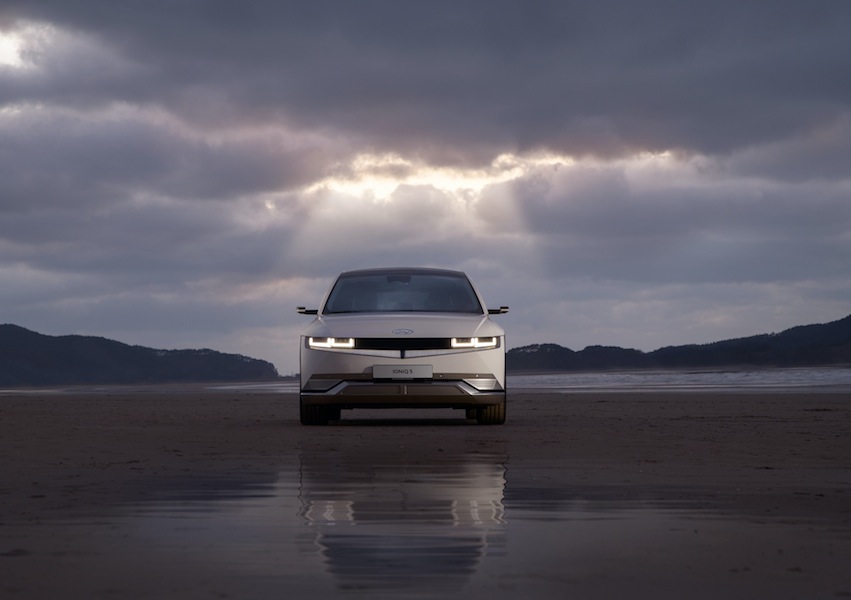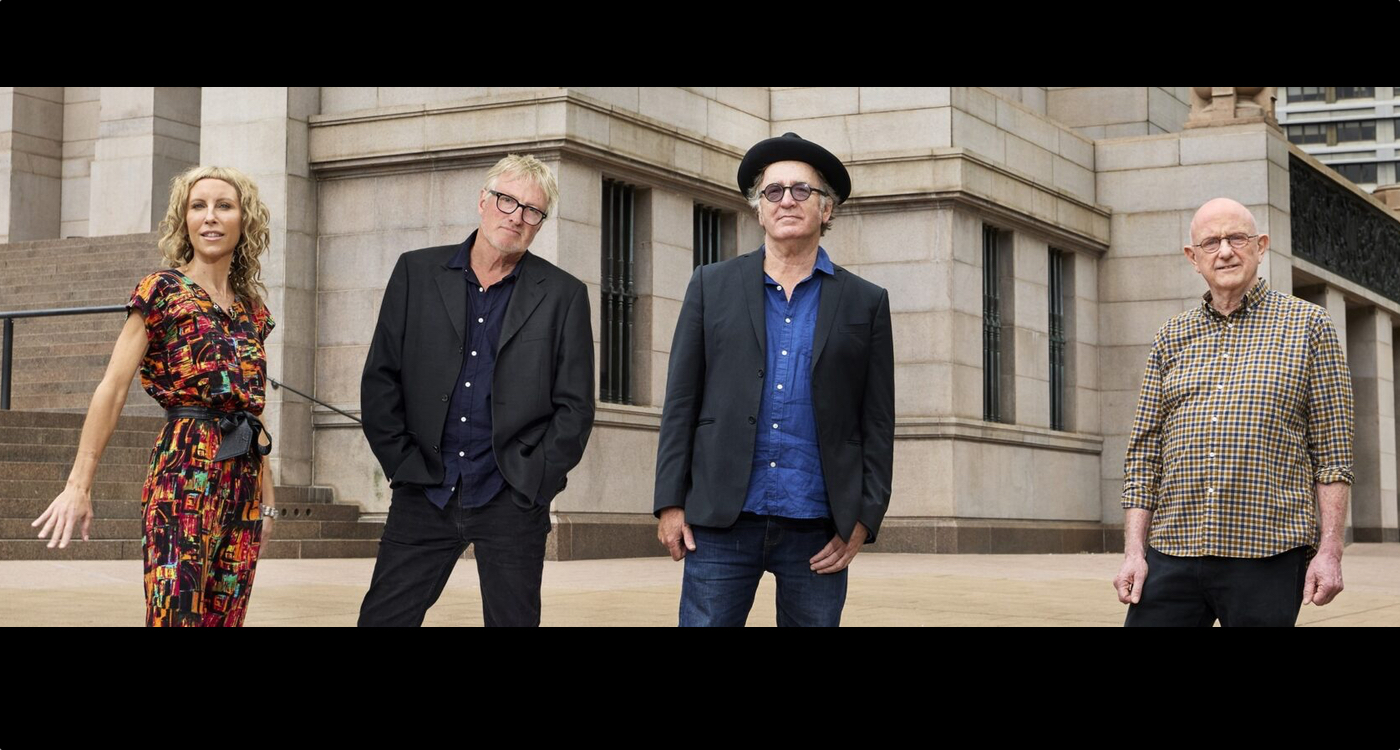
The EV Debate: What does the future hold for electric cars in Australia?

By DAVID IVANI
Electric-powered vehicles (EVs) have become a hot topic in the recent years, however, it’s not because of their looks or the unorthodox power source they operate with. As the climate debate accelerates, so too, does the production of and future plans for EVs, with many countries already imposing strict laws on manufacturing and production of future petrol-powered vehicles, creating room in the market for electric alternatives.
Besides household names such as Tesla, Toyota, Audi, Mercedes-Benz, and Volkswagen, other brands have begun their conversion to all-electric production – Hyundai, Chevrolet, Rolls Royce, Jaguar, and a plethora more.

Overseas, countries such as China, Japan, and the Netherlands have welcomed the adaptation of electric-powered vehicles. In Norway, for instance, about 65% of the car market is made up of EVs.
The Federal and State governments in Australia are pushing for better infrastructure, already planning a substantial growth in the number of charging stations. As of August 2022, NSW only offered 556 charging stations across the state, with the majority stationed throughout metropolitan Sydney.
The issue many buyers face is the low benefit of purchasing an EV. Besides their quiet and environment-friendly engines, electric vehicles are relatively expensive, with the cheapest models setting you back $40,000. Their silence also poses a risk to pedestrians who can’t hear them approach.

On top of that, fast charging is not widely available, with vehicles such as the Tesla Model 3, taking up to 38 hours to fully charge with a standard home power point. Supercharging stations which provide Level 3 charging, of which there are only a handful in NSW, charge up to 80% in less than an hour – there is hope on the horizon. A full charge from these Level 3 Superchargers costs just around $30.
With the lack of charging stations across the State, relatively high prices of EVs, and no significant government incentives, it is no wonder that electric vehicles only account for a mere 2% of the entire Australian car market.
On the bright side, electric vehicles are rapidly extending their range, with Tesla and Hyundai models promising 450km on average per charge. All things being equal, this can translate as cheaper cost per km than petrol-powered vehicles.

Current EVs also feature regenerative braking technology, which captures the kinetic energy normally lost from braking and stores it in the battery, extending its range by up to 25%
Studies show that EVs require far less maintenance, which equates to significant cost benefits for motorists.
In terms of politics, the Federal Government’s unwillingness to impose strict emission and fuel efficiency standards, along with penalties for manufacturers who breach those standards, makes the Australian car market too hard for EV makers to compete in. Conversely, our low emission standards make the Australian market attractive for carmakers to offload their most polluting line of vehicles without any consequences.
Hence, it may be a while before we begin to see major shifts in the sphere of electric-powered vehicles.









